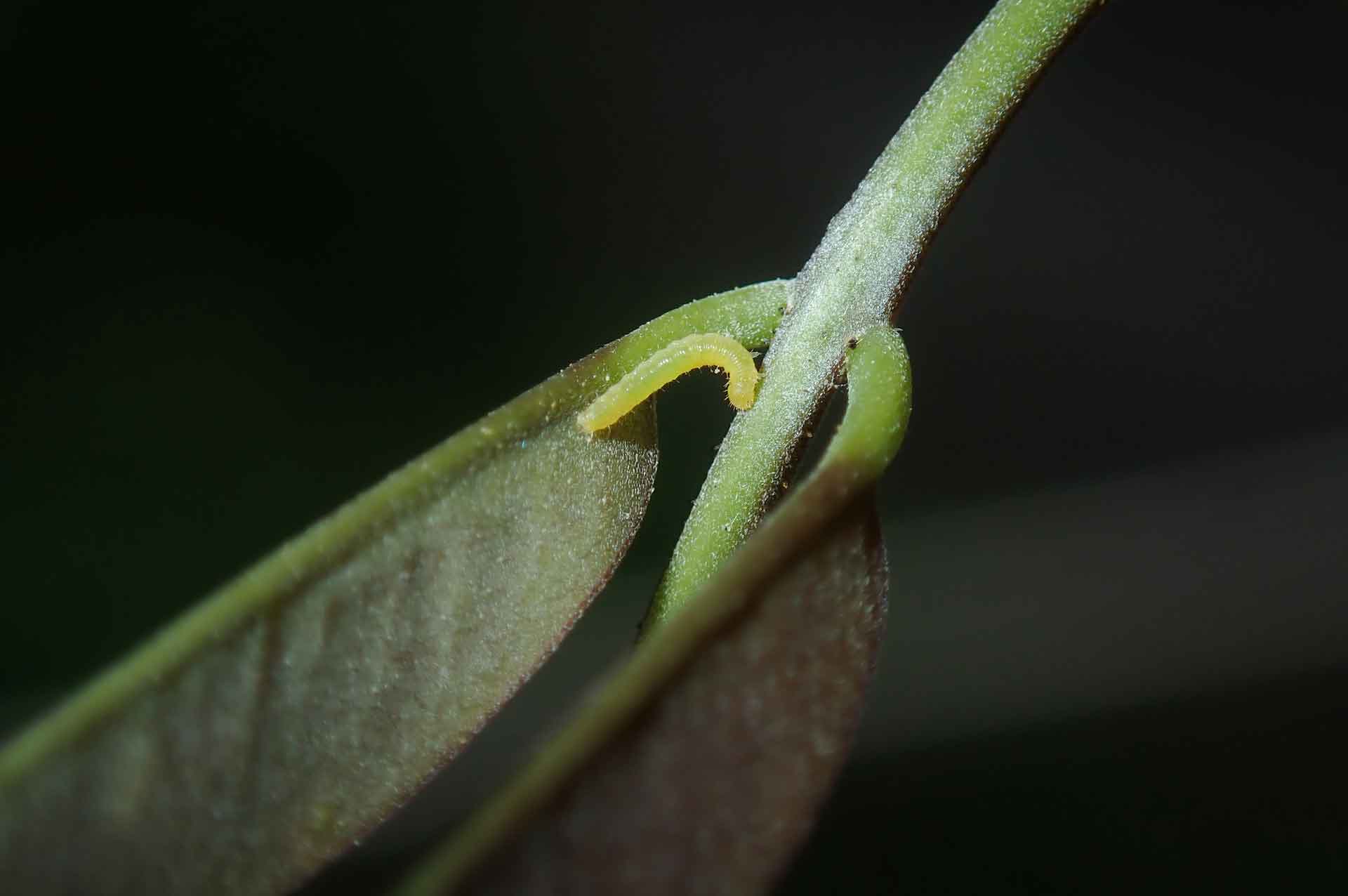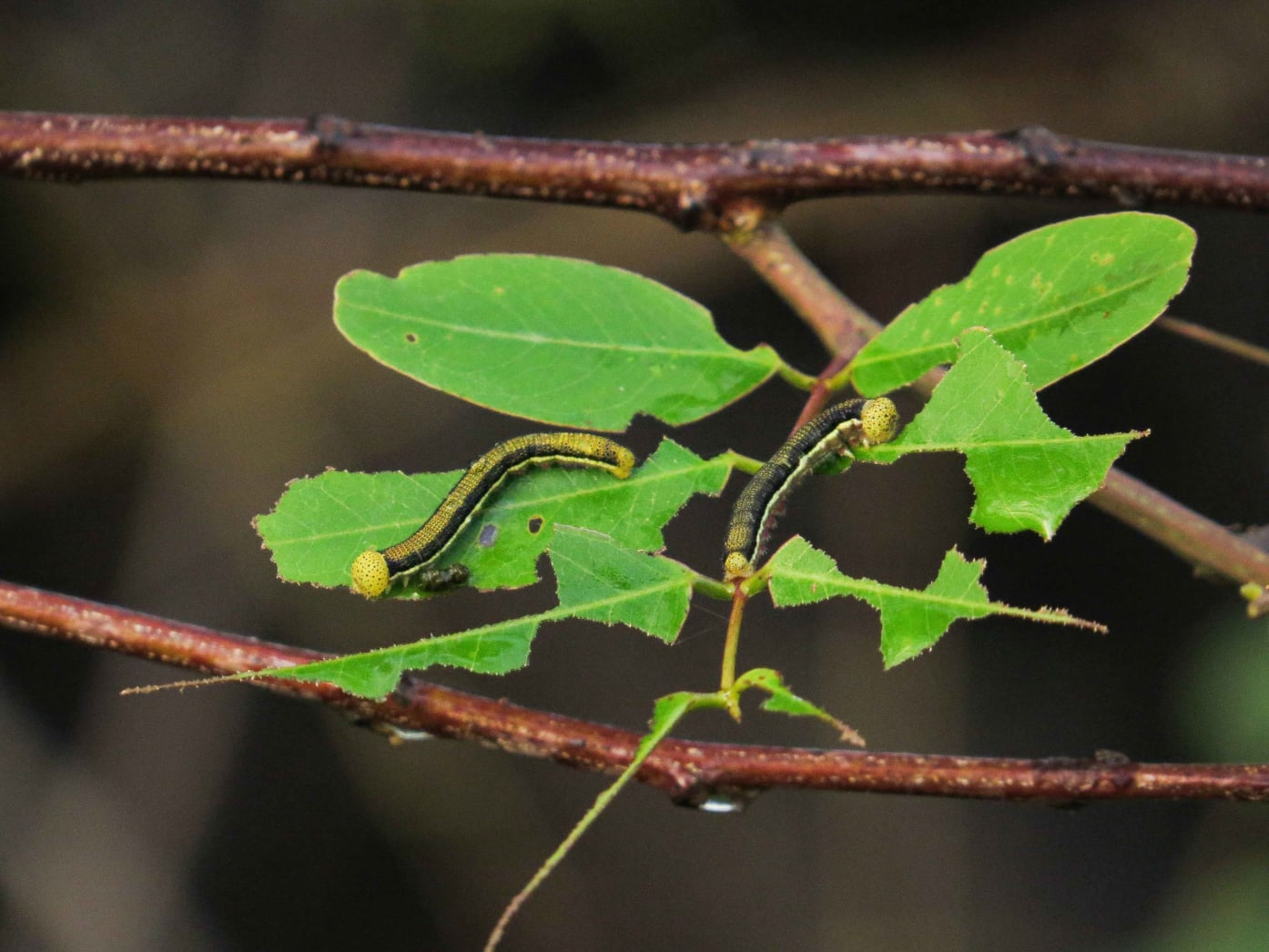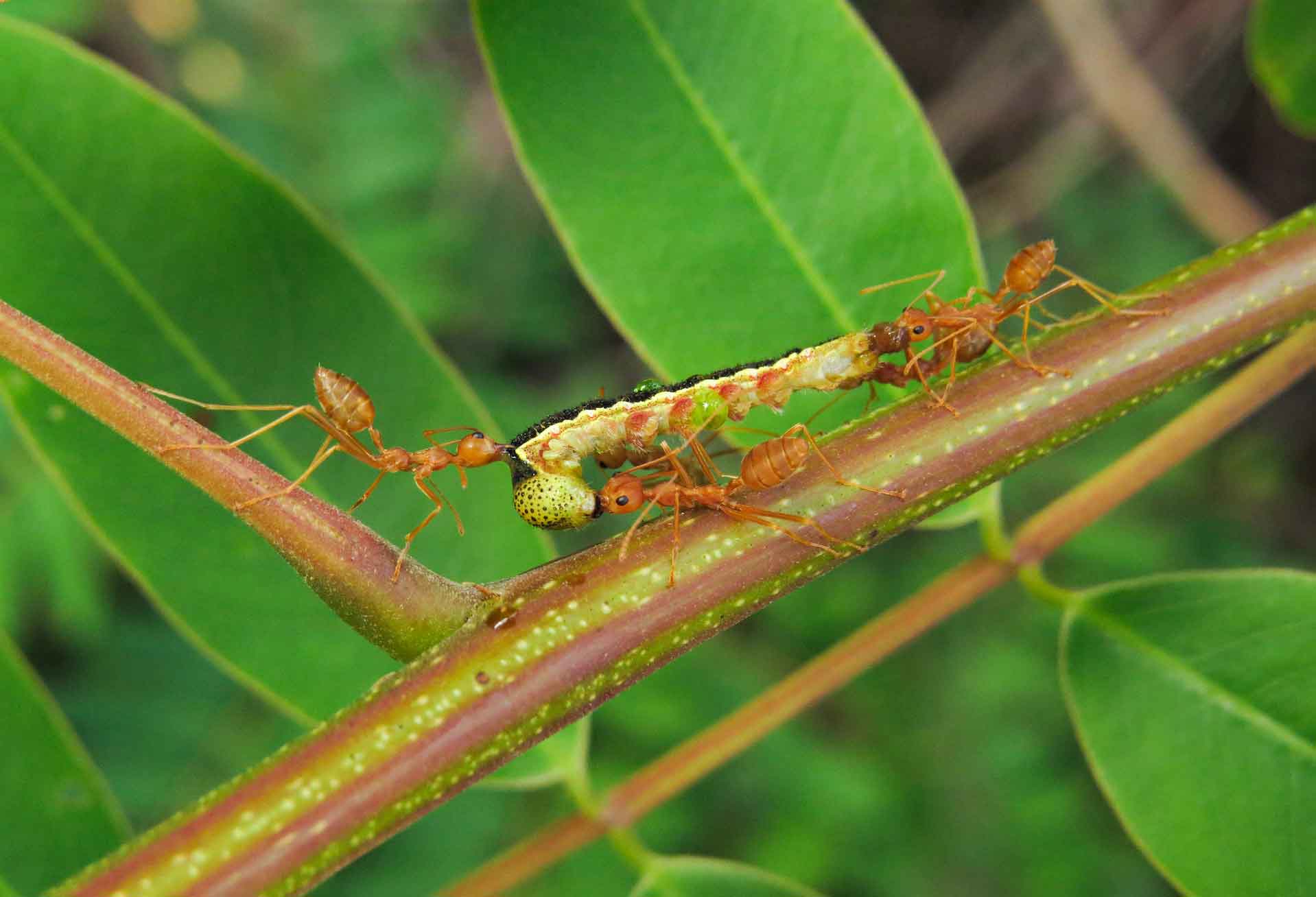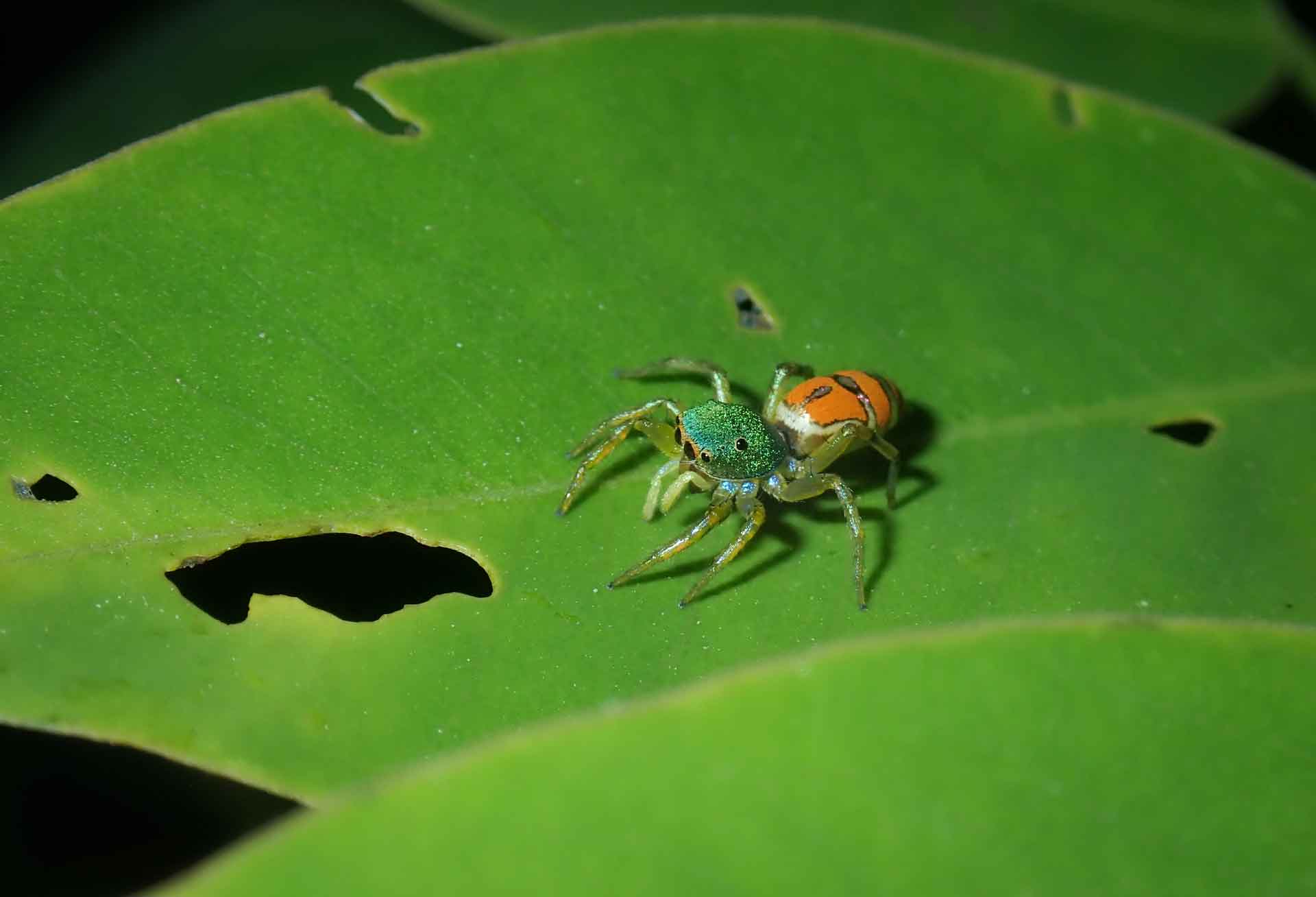 Listen to this article
•
15:34 min
Listen to this article
•
15:34 min
“Look at them! There must be hundreds!!” said Evan. I groggily dragged myself off my mattress, still half asleep, thinking, “Am I really waking up for …”. I stopped mid-thought. Through squinted eyes, I saw a thousand leaves, pale-green and yellow, circling through the air as if trapped in an eddy of swirling currents. But these weren’t leaves. They were butterflies, common emigrants (Catopsilia pomona), making their way through the small district of Mayabunder in the Middle Andamans, where we were studying multi-species seagrass meadows. Though we know that these butterflies undertake large migrations, thus earning them their name, little is known about their migratory routes.
We watched, enthralled, as the swirling mass of yellow fluttered by and gradually settled on plants on which they’d soon lay eggs. Butterflies are ordinarily very choosy, with different species selecting specific “host plants”. In this case, the emigrants chose several Siamese cassia (Senna siamea) plants, dousing all of these in the vicinity with small, white, spindle-shaped eggs. With the lockdown making fieldwork increasingly difficult, we took it upon ourselves to monitor two cassia plants beside our apartment — one a thick bush and the other a large tree — to watch the progress of a new generation of emigrants.

As its name suggests, the common emigrant is a migratory species, common throughout its range of southeast Asia and extending all the way to Australia. They often use rivers and streams as migration pathways that link their breeding sites. Photo: Veena Nair/Getty Images
Cover Photo: A common emigrant male feeds on the nectar of Lantana camara. Photo: Radha Rangarajan/Getty Images
Within a few days, caterpillars began to emerge. They were barely 3-4 mm long but their appetites were completely disproportionate to their size. Within just a day after hatching, most of the tree’s leaves were peppered with neat, circular holes. The tiny greenish-yellow grub grew at seemingly unequal rates, populating the tree with all possible instars (life stages). But regardless of size, food seemed to be the only thing on their minds. By the end of three days, they had eaten so much that the ends of the twigs were skeletal remains of the once lush green vegetation.
This resource crunch spurred further activity. The caterpillars grew larger and the leaves fewer, pushing the insects into each other’s space, each one scrambling to find something to munch. This led to inter-caterpillar aggression, something I witnessed for the first time. Post the third instar, large individuals would often cross paths, leading to caterpillar showdowns. Arching their back into a curve, they would repeatedly strike their opponent in a serpentine fashion, till one, admitting defeat, would slink away. We even observed individuals chew through the petiole of almost bare leaves, sending caterpillars feeding on the other side plummeting to the ground. While I certainly have no proof, I’d like to attribute intention to these scenes, picturing a dark green caterpillar with a scar across his face, smiling on as he causes his brother Mufasa to plunge to near-certain death.
Soon we began to see the phase of the story I like to refer to as “The feast”. The feast started once a good number of the caterpillars were approaching their final instars. Large, greenish-black, and with thick black stripes running down their sides, they were now fat; juicy meals, ripe for the picking for predators like birds. It would be surprising if this all-you-can-eat buffet were not readily exploited; the predators did not disappoint.
Birds were the largest predators, with red-whiskered bulbuls and house sparrows eager to fill their bills. Occasionally, an oriental magpie robin or family of white-eyes would also stop by before shyly fleeing to the deeper branches of the tree. Even the Andaman coucal, most often seen scrounging through the undergrowth, trained its crimson-red eyes on the juicy grub that laced almost every inch of the tree.
Arthropods made up another set of hungry customers, making the most of the easy meal. Spectacularly beautiful jumping spiders like an orange-backed Chrysilla sps. (among several others) prowled the branches, looking for anything that moved. Predatory stink bugs scanned the leaves, injecting their proboscis and sucking the caterpillars dry, like oversized juice boxes. Parasitoid wasps and flies snooped around, searching for the ideal green incubation sack in which to lay their eggs.
While the tree was buzzing with activity, things were not quite the same on a bush of the same species across the road. This bush was well laden with emigrant eggs. However, there was one crucial difference. Weaver ants (Oecophylla) populated it. The ants had a nest on an adjacent mango tree and had spread their sentries wide. A few days after the caterpillars had hatched, the ants took notice of the plentiful food source and began their march through the bush. As I watched them in action, I could see how they earned their name as an army. They systematically moved through each twig and under each leaf, searching for grubs. The caterpillars were green and well camouflaged along the green midrib of the leaves, but this only delayed the inevitable. Once found, they stood no chance. The sentry that discovered a caterpillar would clamp down with its jaws, fastening prey three times its size in place with unimaginable strength. Pheromones would signal a call to the infantry. Tens of ants would rush the prey, jaws tearing it apart as it still resisted, while amber-orange abdomens curled, showering it with formic acid. The caterpillar could only struggle in vain as the army — half focused on disembowelling it — fully focused on dragging it to their nest.

The caterpillar numbers dwindled on both tree and bush, till neither seemed to host a reasonable population. But the worst was yet to come. Cyclone Yaas was approaching and was the final nail in their coffin. The cyclone generated wind speeds of over 70 kmph, knocking over trees and sending tin roofs flying off their sheds. In its aftermath, there were no caterpillar survivors. In the days that followed, we saw sporadic mating between a few emigrants who would then lay eggs on the plants beside our apartment, but the caterpillars always eluded us. We had seen the last of them.
Being stuck in a house, even if only a matter of circumstance, can lead to a feeling of lethargy, unproductiveness, and decreased motivation. The imposed lockdown in Mayabunder meant that we were unable to leave the house past 1 pm (later restricted to 10 am), which severely impeded our ability to carry out fieldwork. In such situations, often ignored little things take you away from your routine and can make your day. For me, during the long weeks of lockdown, it was these little green things.










